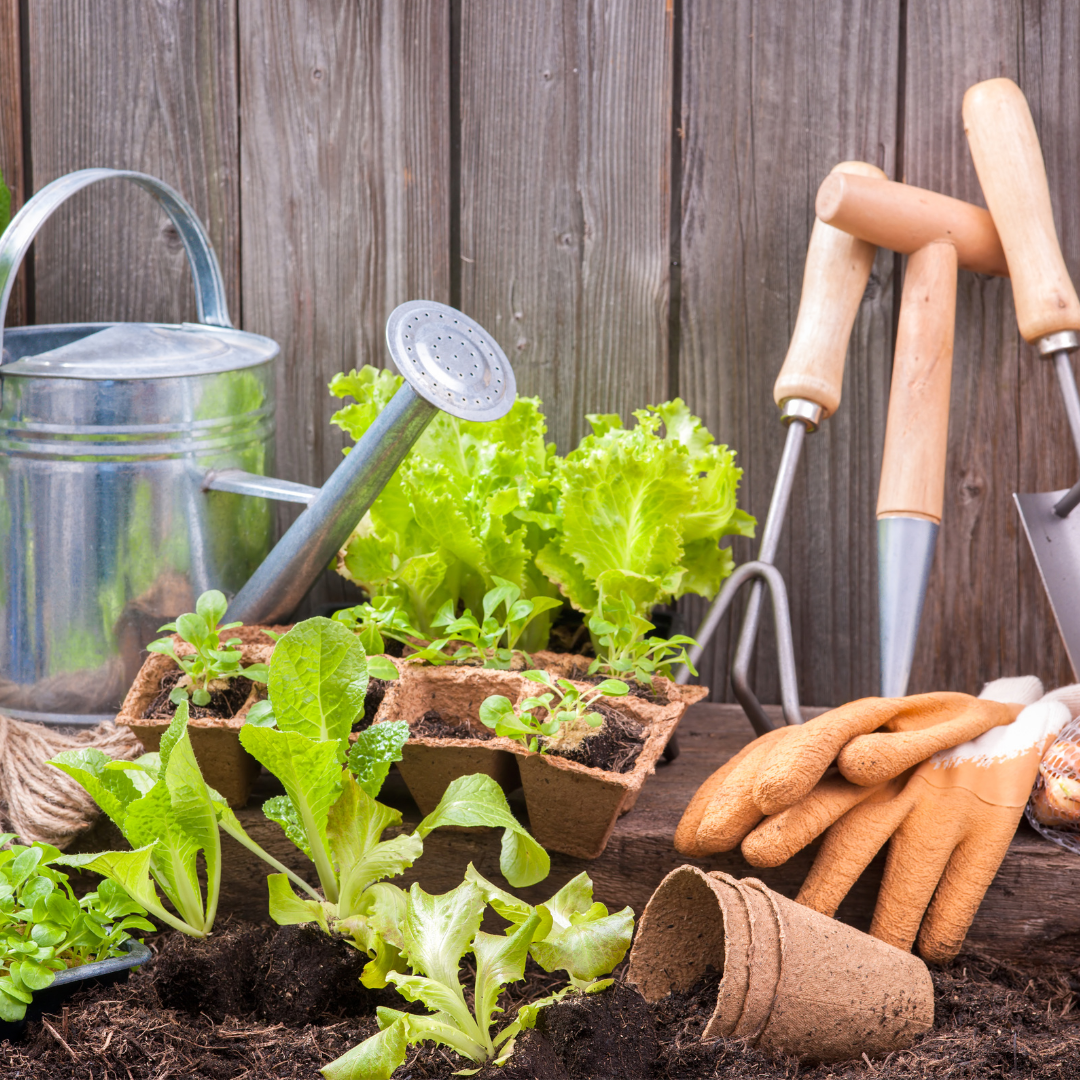Table of Contents
ToggleIntroduction to Vertical Gardens
Vertical gardens, a hallmark of innovative farming practices, are revolutionizing urban agriculture. With urban space becoming increasingly scarce, vertical gardening presents an efficient solution.
These gardens maximize space utilization, enabling higher crop yields in confined areas.

This article delves into the economics of vertical gardens, evaluating their costs, benefits, and overall feasibility.
We will explore initial investments, ongoing maintenance expenses, and the potential for significant economic returns.
By the end, you’ll have a comprehensive understanding of whether vertical gardening is a worthwhile investment for urban agriculture enthusiasts and commercial growers alike.
Cost of Setting Up a Vertical Garden
Initial Investment
The initial cost of setting up a vertical garden can be substantial.

This includes the price of vertical structures, irrigation systems, and suitable soil or hydroponic mediums. Depending on the size and complexity, initial investments can range from a few hundred to several thousand dollars.
Ongoing Maintenance Costs
Maintaining a vertical garden involves regular expenses. Water, nutrients, electricity for lighting systems, and potential pest control measures add to the operational costs.

Additionally, labor costs for regular upkeep can influence the overall budget.
Economic Benefits of Vertical Gardens
Maximizing Space Utilization
One of the primary economic advantages is the efficient use of space. Vertical gardens enable the cultivation of more plants per square foot compared to traditional gardens.
This increased productivity can lead to higher yields, especially valuable in urban environments where land is scarce.
Potential for Higher Yields
Vertical gardens often produce higher yields due to controlled growing conditions.
These systems can be optimized for light, temperature, and humidity, resulting in healthier plants and more robust harvests. This efficiency can translate into higher profits for commercial growers.
Savings on Transportation and Storage
Urban vertical gardens reduce the need for long-distance transportation of produce.
This not only cuts down on fuel costs but also reduces storage requirements. Fresh produce can be delivered directly to local markets, ensuring higher quality and longer shelf life.
Environmental and Social Impact

Reducing Carbon Footprint
Vertical gardens contribute to environmental sustainability. By reducing the need for transportation and utilizing energy-efficient growing systems, they help lower the overall carbon footprint.
Additionally, many vertical gardens use recycled materials and water-saving technologies.
Enhancing Urban Aesthetics and Health
Beyond economics, vertical gardens improve urban aesthetics and contribute to healthier living environments.
They provide green spaces in concrete jungles, which can enhance mental well-being and reduce urban heat islands.
Challenges and Considerations
High Initial Costs

While the benefits are substantial, the high initial costs can be a barrier.
Potential investors need to carefully evaluate their financial capabilities and consider phased implementations to spread out expenses.
Technical Expertise Required
Vertical gardening requires technical knowledge and expertise.

From understanding plant requirements to managing sophisticated irrigation systems, a higher level of skill is needed compared to traditional gardening.
Conclusion:
Vertical gardens represent a significant shift in innovative farming practices.
While the initial investment and maintenance costs are high, the long-term economic, environmental, and social benefits make it a promising venture.
For urban areas, in particular, vertical gardening offers a viable solution to space constraints and the demand for fresh, local produce. Therefore, with proper planning and management, investing in vertical gardens can indeed be worthwhile.

Pingback: Cost Estimation for Vertical Gardening!